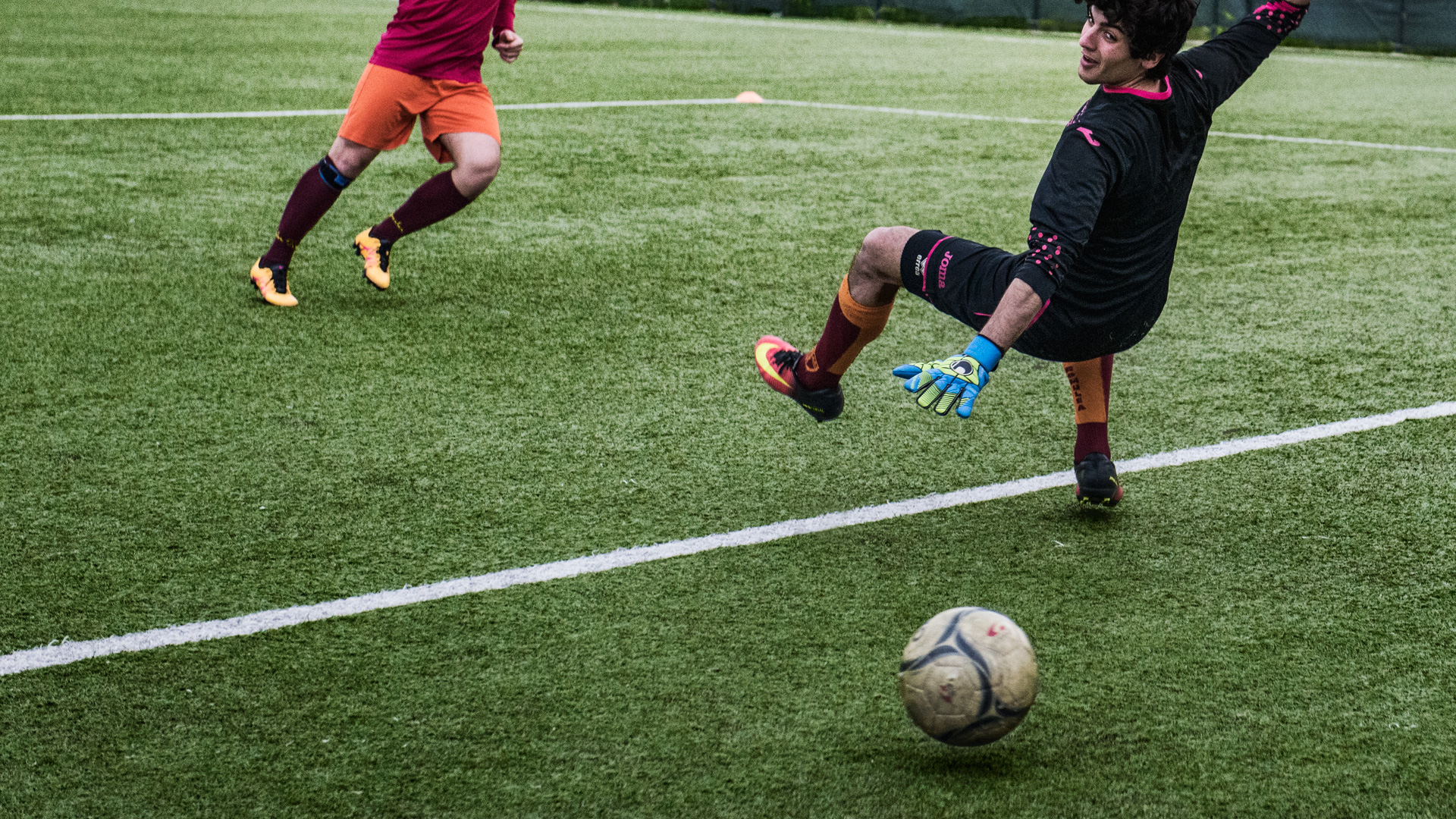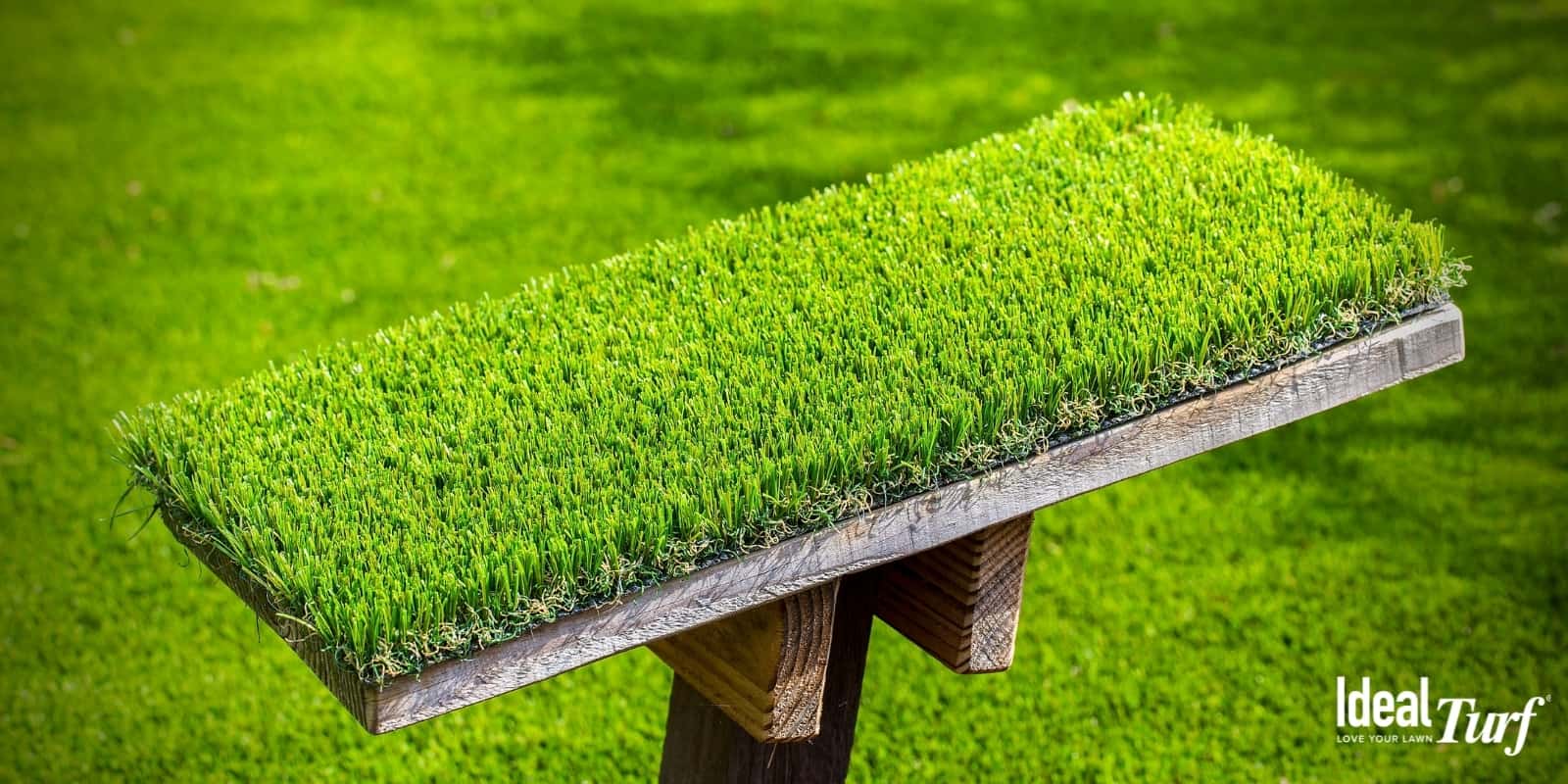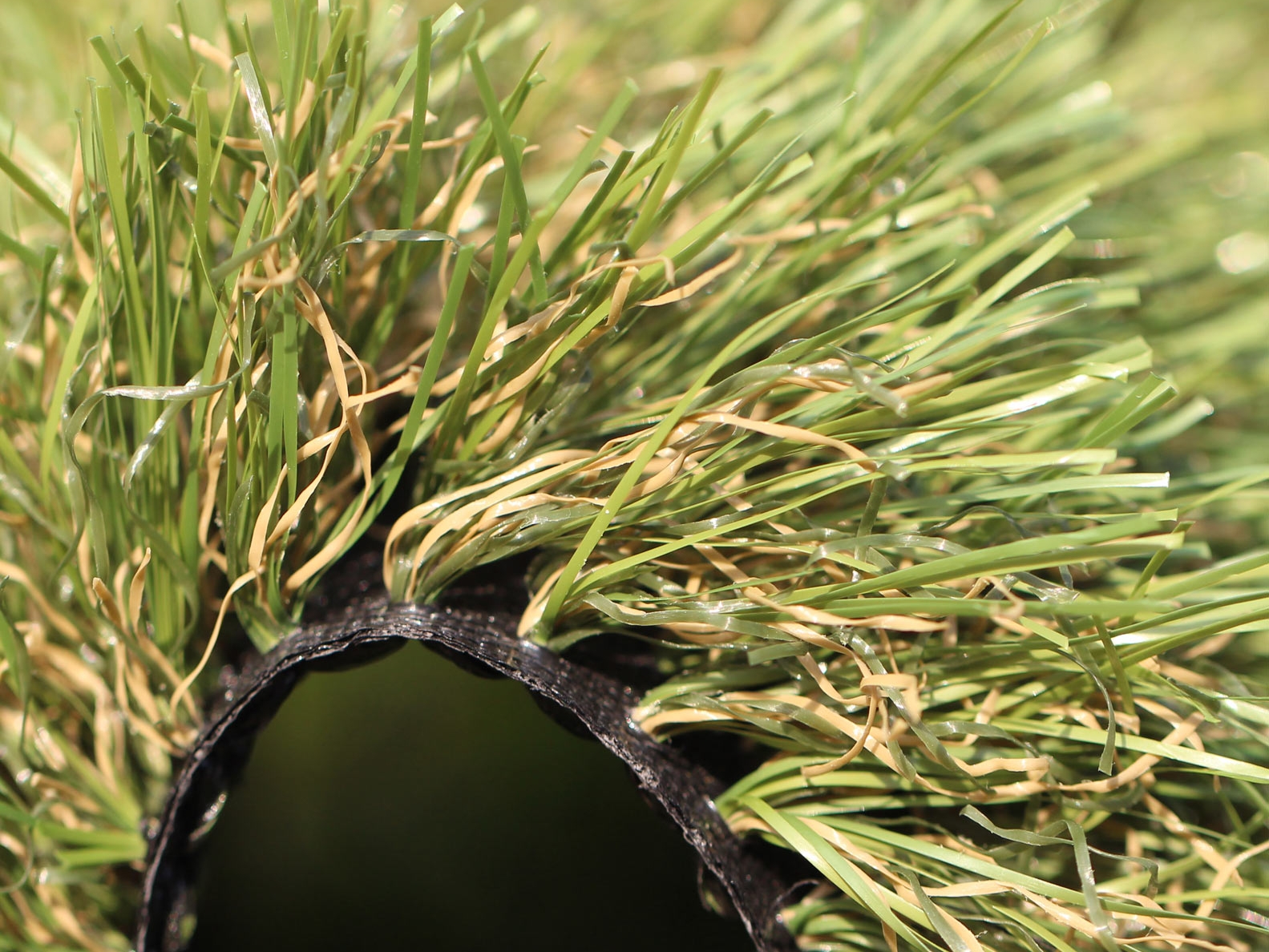Custom Turf Installation Phoenix AZ for Homes, Companies, and Recreational Spaces
Custom Turf Installation Phoenix AZ for Homes, Companies, and Recreational Spaces
Blog Article
Explore the Environmental Perks of Opting for Synthetic Grass Solutions
The adoption of synthetic grass solutions presents an engaging chance to deal with pressing environmental challenges. By significantly lowering water usage and reducing the application of unsafe chemicals, these alternatives not only promote lasting landscaping yet likewise protect regional environments. Furthermore, the reduced carbon impact connected with lowered maintenance tasks adds to a more lasting technique to land management. Nonetheless, the implications of these advantages extend past mere preservation efforts, questioning regarding their long-term effect on habitat preservation and overall environmental balance. Discovering these dimensions exposes a complicated interaction worth taking into consideration.
Water Conservation Advantages
One of the most considerable advantages of artificial lawn is its capability to save water. In contrast, artificial lawn does not need watering, considerably decreasing the overall need for water resources.
By getting rid of the need for routine watering, synthetic lawn adds to lasting landscape methods and helps minimize the environmental influence of excessive water intake. In addition, the preservation of water includes the reduction of drainage, which can cause dirt erosion and river pollution.
Additionally, the installment of synthetic grass allows communities and homeowners to allot water resources much more effectively, concentrating on necessary usages such as drinking water and agriculture. The shift towards artificial turf not only advertises liable water usage however also aligns with broader ecological goals focused on maintaining all-natural resources.
As communities significantly focus on sustainability, the water preservation advantages of synthetic grass provide an engaging instance for its fostering in residential and industrial landscaping jobs.
Decreased Chemical Usage
The shift to man-made grass considerably reduces the reliance on chemical treatments typically utilized in all-natural lawn upkeep. Typical grass monitoring commonly entails the application of pesticides, herbicides, and plant foods to advertise development and control parasites. These chemicals can posture dangers to human health and wellness, local wild animals, and the setting, adding to soil and water contamination.
On the other hand, synthetic grass gets rid of the need for these hazardous substances. Once set up, it needs minimal upkeep, mainly containing normal cleansing and seldom infill replenishment. This decrease in chemical usage not just profits the prompt setting yet likewise adds to broader eco-friendly stability. By minimizing the release of artificial substances right into the ecosystem, fabricated grass promotes much healthier dirt and water systems.
Furthermore, the absence of chemical drainage connected with fabricated grass installations assists shield local rivers from pollution, sustaining marine life and keeping biodiversity. Arizona artificial turf. As communities progressively focus on sustainable techniques, selecting synthetic grass presents a feasible service that lines up with ecological preservation goals. Through this shift, homeowner can appreciate lavish green areas without jeopardizing eco-friendly wellness, leading the way for a much more lasting future
Reduced Carbon Impact

Additionally, the installment of synthetic grass can cause significant water preservation. All-natural lawns need significant quantities of water for watering, which not only includes in the carbon footprint connected with water removal and therapy yet also strains local water resources. On the other hand, synthetic grass requires marginal upkeep, requiring no watering, thus substantially lowering water usage and its associated energy expenses.
Furthermore, the durability of man-made turf contributes to its decreased carbon impact. With a lifespan of up to 15 years or more, the requirement for regular replacements is diminished, resulting in less waste and reduced energy intake in production and throwing away traditional lawn options. Generally, synthetic grass provides a sustainable option for environmentally aware landscape design.
Environment Conservation
Habitat preservation is a critical factor to consider in the discussion over landscaping selections, especially when comparing synthetic grass to all-natural lawn. Natural grass yards typically need comprehensive maintenance, consisting of using plant foods, herbicides, and pesticides, which can detrimentally affect regional communities. These chemicals can seep into the dirt and waterways, harming indigenous vegetation and fauna and disrupting neighborhood environments.
Fabricated lawn gets rid of the requirement for unsafe chemicals, thereby protecting nearby wildlife and keeping the honesty of bordering ecosystems. The setup of man-made lawn can lead to the conversion of previous lawn locations right into more biodiverse landscapes, such as pollinator gardens or indigenous plant locations, which can sustain regional wildlife.
Ultimately, the transition to see this here artificial turf not just preserves water and decreases maintenance efforts but additionally cultivates an extra unified connection between human tasks and the all-natural setting, advertising habitat preservation at the same time.
Long-Term Sustainability
Long-lasting sustainability is a vital consider examining the advantages of man-made lawn over standard turf lawns. Among one of the most substantial advantages of synthetic turf is its durability; it can last approximately 15-20 years with minimal maintenance, whereas all-natural turf calls for frequent reseeding and substitute. This longevity lowers the need for continuous sources, such as water, fertilizers, and pesticides, which are important for maintaining a healthy yard lawn.
Additionally, artificial lawn adds to a reduction in carbon emissions related to yard treatment devices. Traditional grass usually need gas-powered lawn mowers, trimmers, and blowers, every one of which add to air pollution. Arizona artificial turf. On the other hand, synthetic grass removes the requirement for such tools, promoting a cleaner atmosphere
Moreover, the manufacturing of synthetic grass increasingly uses recycled products, enhancing its sustainability profile. As makers adopt green practices, the environmental footprint of man-made lawn continues to decrease.

Final Thought
The adoption of fabricated lawn options provides substantial environmental advantages, consisting of substantial water preservation, minimized reliance on unsafe chemicals, and a lower carbon impact. In addition, synthetic grass help in preserving all-natural environments by decreasing land disturbance and advertising long-term sustainability with the use of sturdy materials. Collectively, these factors highlight the possibility of man-made grass to add positively to environmental wellness and offer a sensible option to typical landscaping techniques in a significantly resource-conscious world.
In comparison, fabricated turf does not need watering, dramatically decreasing the total need for water sources. By decreasing the launch of synthetic compounds right into the community, artificial turf advertises healthier see here dirt and water systems.
In addition, the installation of synthetic grass can result in considerable water preservation. In comparison, artificial turf needs very little maintenance, needing no watering, consequently considerably decreasing water usage and its connected power prices.

Report this page